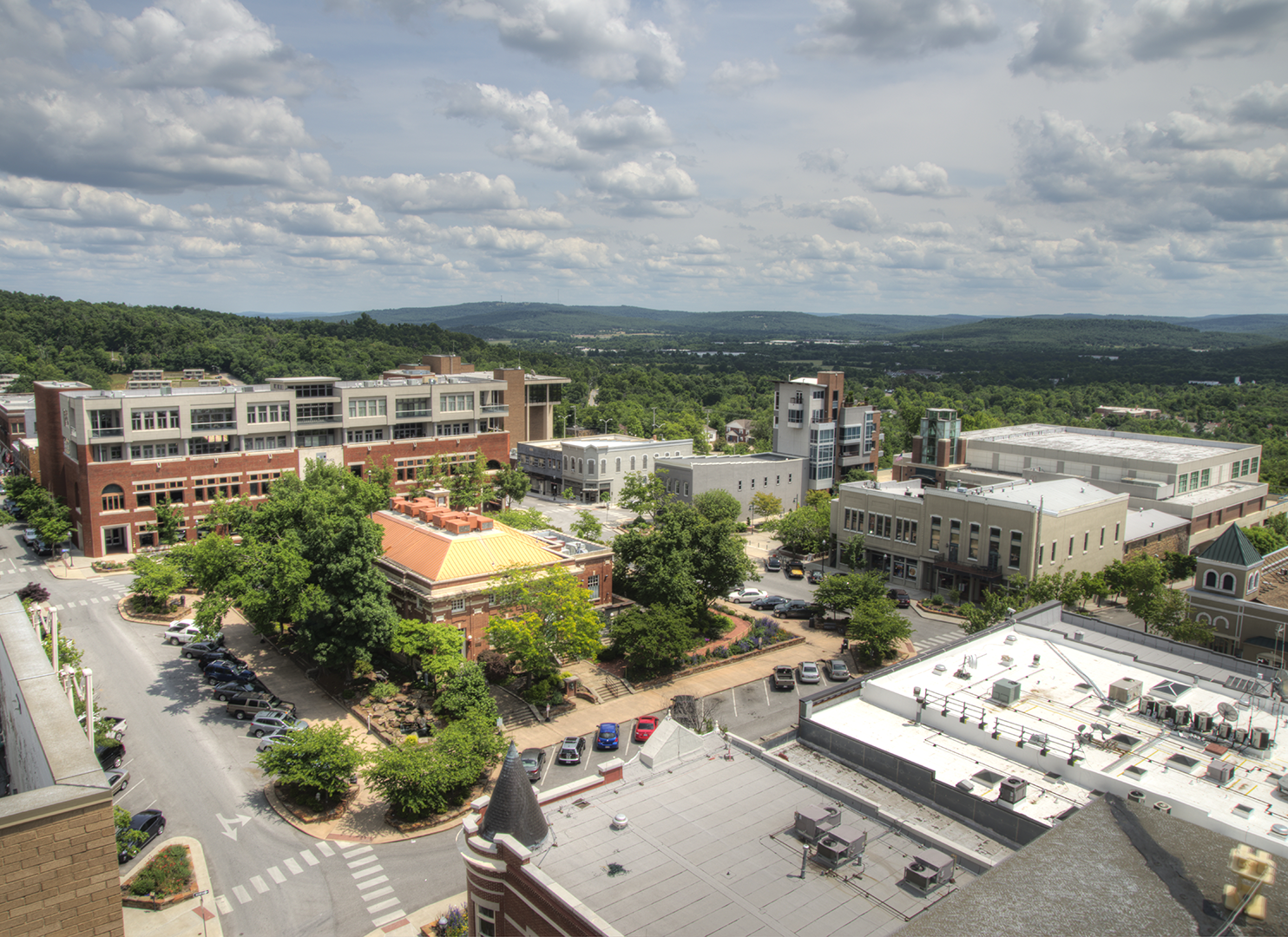Complex, But Worth It: A Case Study on Using New Markets Tax Credits in Arkansas
Add to the American colloquialisms “spaghetti westerns” and “flying spaghetti monsters” a new term: “spaghetti diagram!” That best describes the graphic representation of the complex financing used to build the Enterprise Center, a multi-tenant lab facility at the Arkansas Research and Technology Park (ARTP) in Fayetteville.
The $15 million, 65,000-square-foot facility, which broke ground this summer, will have office, wet and dry lab space, and be LEED-certified when completed in early 2010. In the midst of a recession and locked-up capital market, how did the project happen?
ARTP Developers One, LLC, and the University of Arkansas Technology Development Foundation – which was formed to grow and manage the ARTP – financed the building using commercial bank loans, New Markets Tax Credits (NMTC), and state and federal grants in order to control rent. The NMTC program allocates tax credits for investments made in distressed rural and metro areas, and requires that those investments be sustained for a period of seven years. Due to the complexity of the rules and the time value of money over the seven-year compliance period, a $12 million tax credit allocation was required to result in a $2 million benefit to the project!
The green boxes in the spaghetti diagram represent the legal entities that must be created for the transaction. Each must comply with the regulations governing the program and document its role in the distressed community during the compliance period.

The equity derived from the tax credit must be “paired” with either additional equity or debt so that the sum of (a) the equity received from selling the tax credits and (b) the pairing of additional debt or equity equals (c) the total allocation amount. The $2 million benefit resulted when a tax credit investor bought tax credits for approximately $3.8 million – the net amount of the $12 million allocation – so we had to pair that investment with debt or equity of approximately $8.2 million ($12 million allocation less the $3.8 million investment equals $8.2 million).
The tax rules that define the pairing require that if a separate lender loans those funds to the ultimate borrower, that lender cannot foreclose on that loan during the seven years. The result would be a “redemption” of the investment and a recapture of the tax credits. As you would guess, the current capital market environment makes it very difficult for a lender to get comfortable with this restriction, because it falls outside normal banking underwriting guidelines. Closing the Enterprise Center transaction in May, during the height of the chilled capital market, was very difficult and expensive.
The Enterprise Center lies within a distressed area, making it eligible for the NMTC program, and any business locating within the Enterprise Center or any building in the Arkansas Research and Technology Park is also eligible for a NMTC funding. However, creating the transaction structure is both time-intensive and very expensive. Attorneys’, consulting and accounting closing costs and fees can reach higher than $300,000 for a single transaction. As a result, because of the inefficiencies inherent in creating the structure, a minimum transaction is considered to be $7 million.
The formula to translate a $7 million allocation into actual equity is: $7 million x 39% (tax credits over 7 years) x .67 (discount rate for time value of $ monetized at closing) = $1,829,100 (gross equity paid by the tax credit investor). After fees and closing costs are paid and compliance costs for the seven-year compliance term are reserved, this $1.8 million is probably reduced to around $1 million to the ultimate beneficiary. And remember, the recipient would have to pair the $1.8 million with approximately $5.2 million (federal funding from almost any source is fine, although there are a couple of exceptions) in equity and/or debt.
If creating the spaghetti diagram didn’t kill some brain cells, it certainly caused some hair loss. But it also helped to hold down the rent, and allowed the development of a higher-value building that will be a key part of the University of Arkansas’ and ARTP’s knowledge-based economic development strategy.

